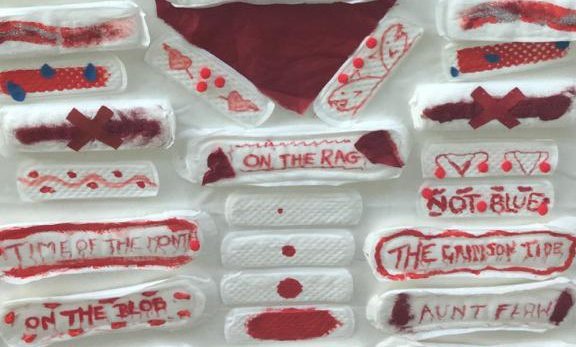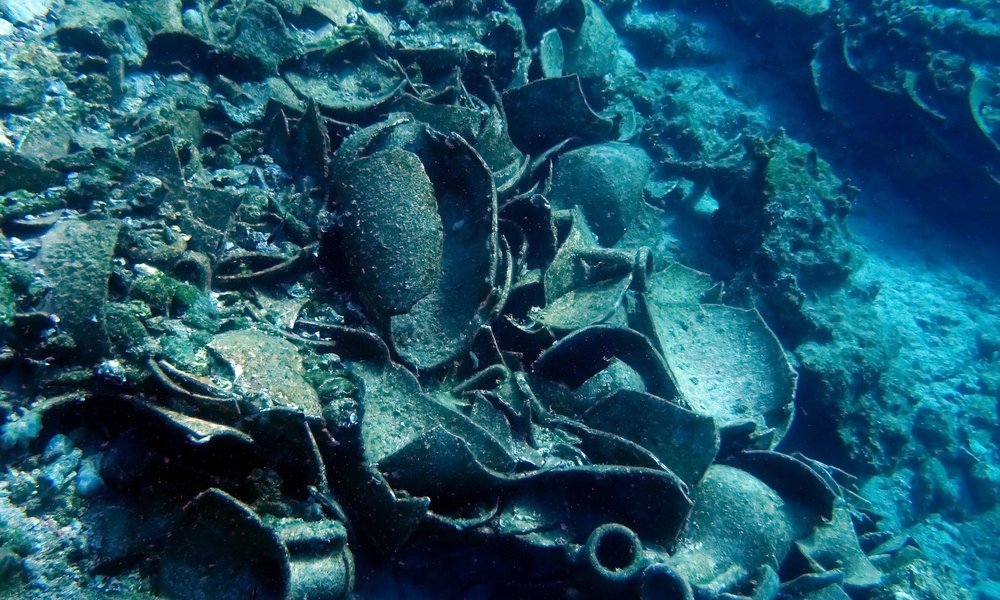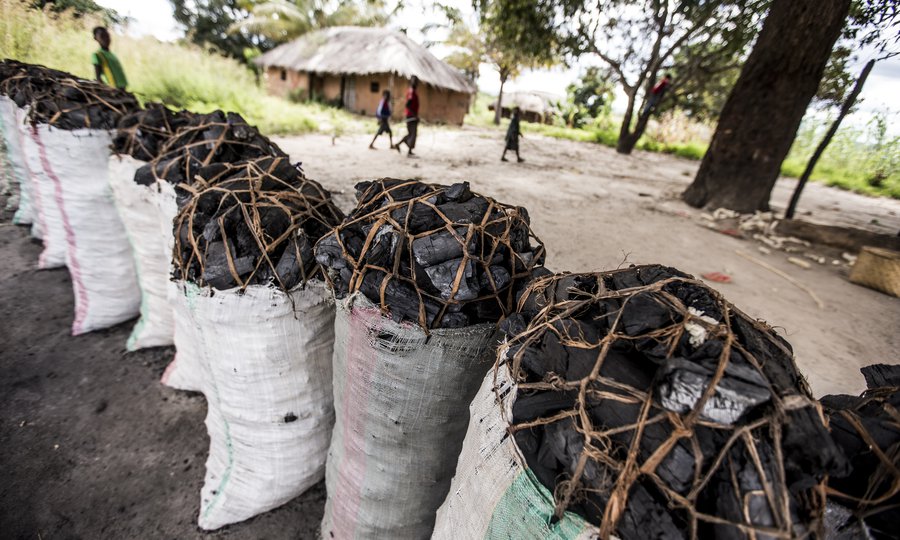Why safeguarding archaeological heritage needs to start with local communities
by Dr Işılay Gürsu and Dr Lutgarde Vandeput
4 Jun 2019
This blog post is part of our Summer Showcase series, celebrating our free festival of ideas for curious minds.
In his vivacious TED talk titled Want to help someone? Shut up and listen!, economic development expert Ernesto Sirolli recounts his experience as a young Italian NGO worker on an aid mission to Zambia. The mission was to teach the locals how to farm on the lands that they have occupied for ages: the land is fertile, conditions are apt, but NGO workers seemed to be far more enthusiastic than the locals themselves about the whole idea, at times they even needed to pay the locals for a show of interest and participation. When the tomatoes grew twice as big as the Italian ones, Sirolli and his fellow aid workers were thrilled while the locals kept an enigmatic silence. The day following the appearance of the gigantic and romantically ripe tomatoes, a disaster happened. A group of hippos came and ate all the crops. In a moment of panic, they turned to the locals who did not seem surprised at all, since to them it is history repeating itself. Well-intentioned, hardworking and heartbroken NGO workers asked the locals, “Why did you not tell us?” just to receive a good life-long lesson: “Because you never asked!”
Many projects like that of Sirolli's start with good intentions. I refer to those projects that aim to create sustainable social and economic benefits for local communities who live in disadvantaged conditions. However, placed in the same ‘aid’ package comes the somewhat erroneous idea that the experts know what’s best for the communities. This is why many projects fail, leave their creators broken-hearted and, even worse, leave the subjected communities labeled as uninterested, disengaged, or ignorant.
The archaeological ruins of Pisidia in Southwest Turkey
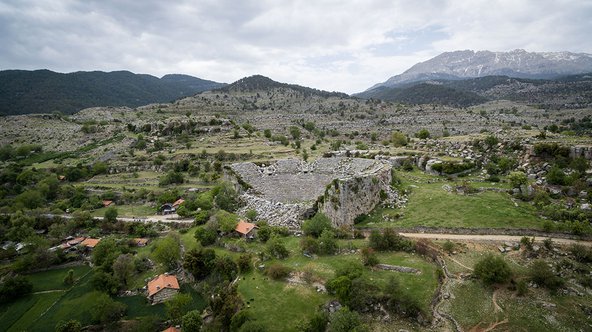
In Southwest Turkey, the British Institute at Ankara had developed a regional heritage management plan and created the Pisidia Heritage Trail, a 350km hiking trail, connecting 12 ancient cities passing by numerous villages. The trail project boasts the well-preserved remains of many ancient sites, tucked away in remote spots of the forests, but also prone to looting and vandalism.
Our project Living Amid the Ruins focused on bringing meaningful impact to the lives of people living by the ancient ruins of Pisidia and evaluating local perceptions of this trekking route and the implications of tourism. While creating this project, we wanted to take into account the existing relationship between the communities and the archaeological heritage. This enabled us to adapt a bottom-up approach in order to create social and economic benefits for these communities by protecting and using their archaeological heritage in a sustainable way. The first step was to integrate the voice of the local communities in the region, because we believe that safeguarding archaeological heritage is an impossible and an unreasonable mission, unless local communities living by this heritage feel that it matters to do so.
Local perceptions of archaeology
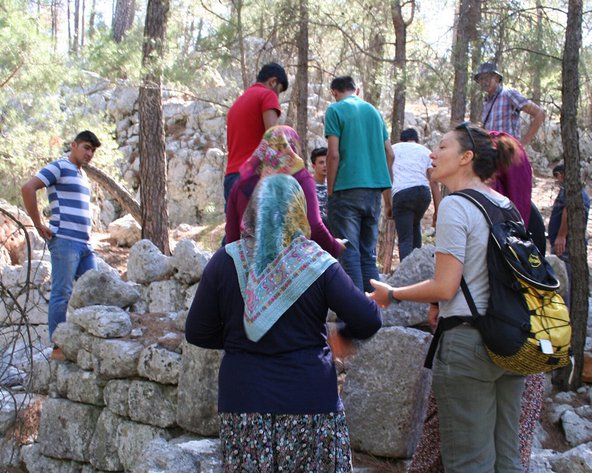
Through over 100 interviews, our research revealed many aspects of rural life besides the impact of archaeological heritage. Contradicting the opinion that the communities are disinterested, our research showed the value of archaeological heritage to the local communities and it became obvious that they desired more knowledge. It turns out that economic benefits, protection of cultural and natural heritage and ideas to reverse the migration of the younger population to the cities were all considered important areas for development.
Following on from this, the Safeguarding Archaeological Assets of Turkey project has conducted a nationwide survey on the public perception of archaeological heritage in Turkey, which has created an invaluable source of knowledge for practitioners, policy makers and anyone who is interested in archaeology in Turkey and beyond.
What we do with this knowledge is a creative and long-lasting initiative, and there is never a one-size-fits all solution in efforts to safeguard archaeological heritage. However, we can say with confidence that if the aim is to create a long-lasting impact, the starting point needs to be the same: first, you must ask.
Dr Işılay Gürsu is a Postdoctoral Research Fellow at the British Institute at Ankara. Dr Lutgarde Vandeput is a classical archaeologist and is the Director of the British Institute at Ankara. Their project, Living Amid the Ruins: Archaeological sites as hubs of sustainable development for local communities in Southwest Turkey was funded by a British Academy Sustainable Development grant. The British Institute of Ankara has been granted a Cultural Protection Fund grant to run a three-year project entitled Safeguarding Archaeological Assets of Turkey.

